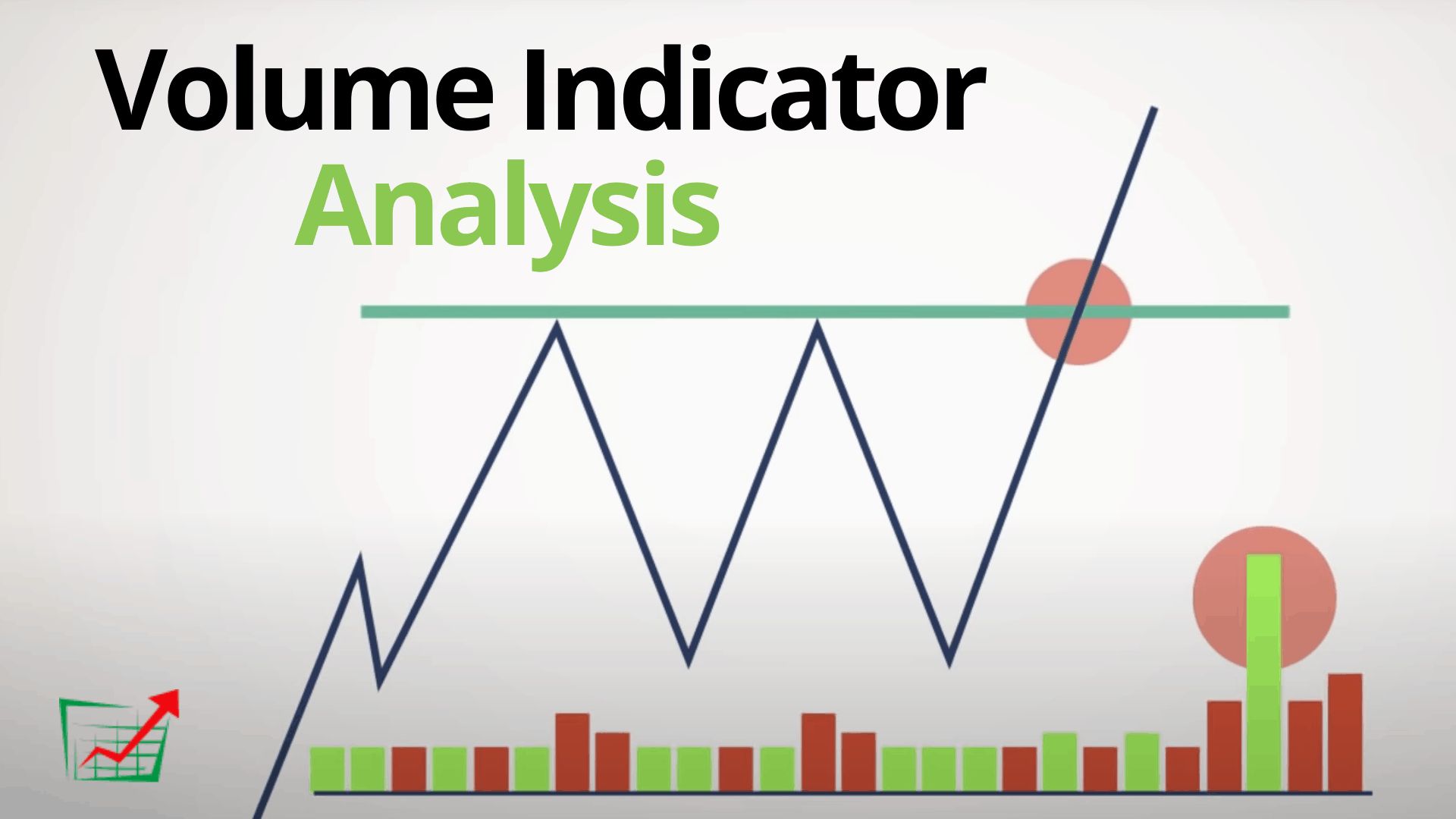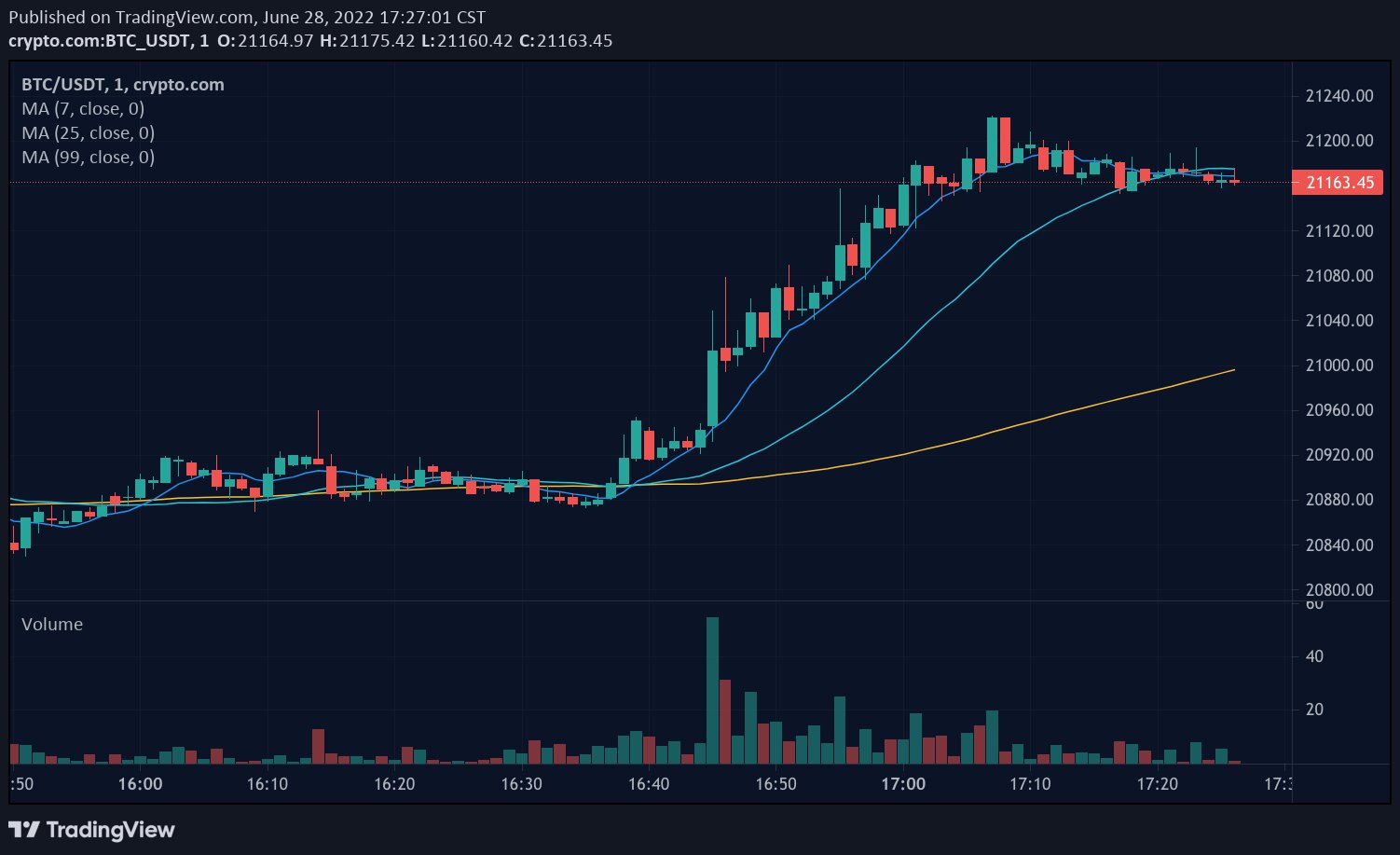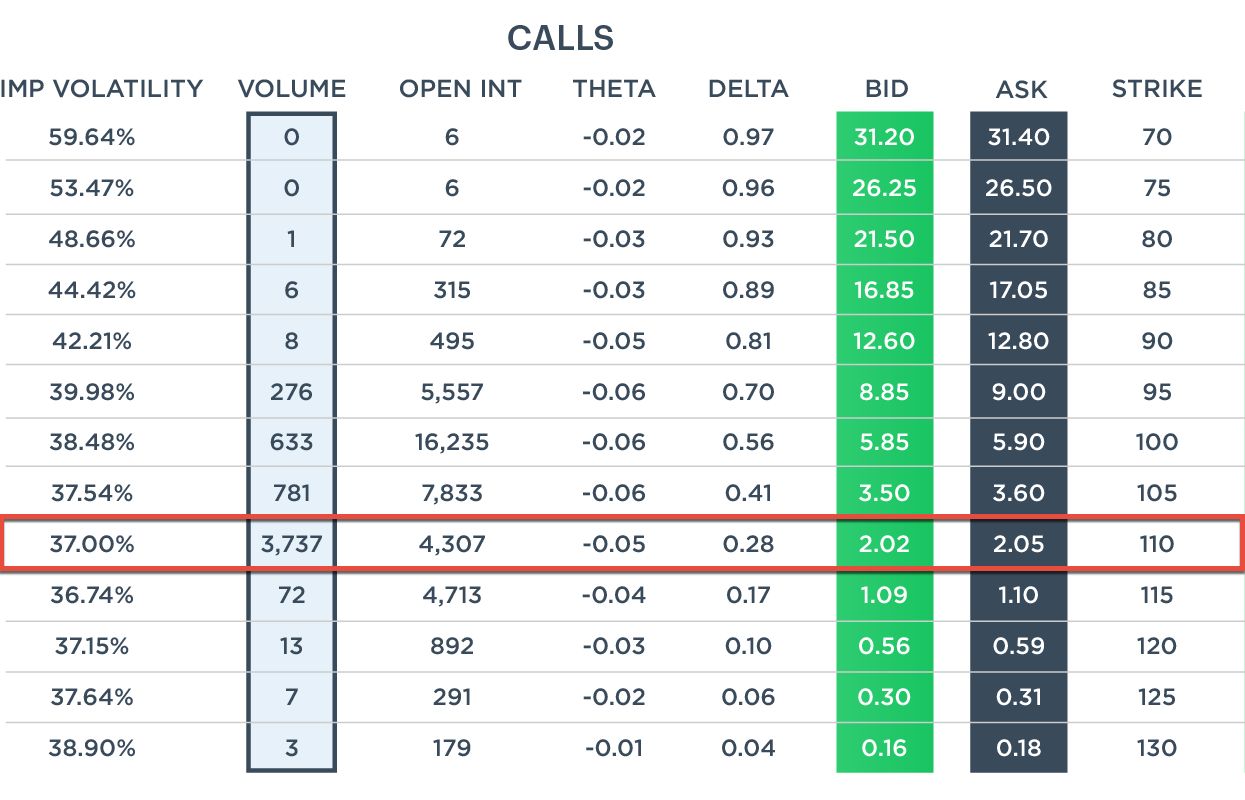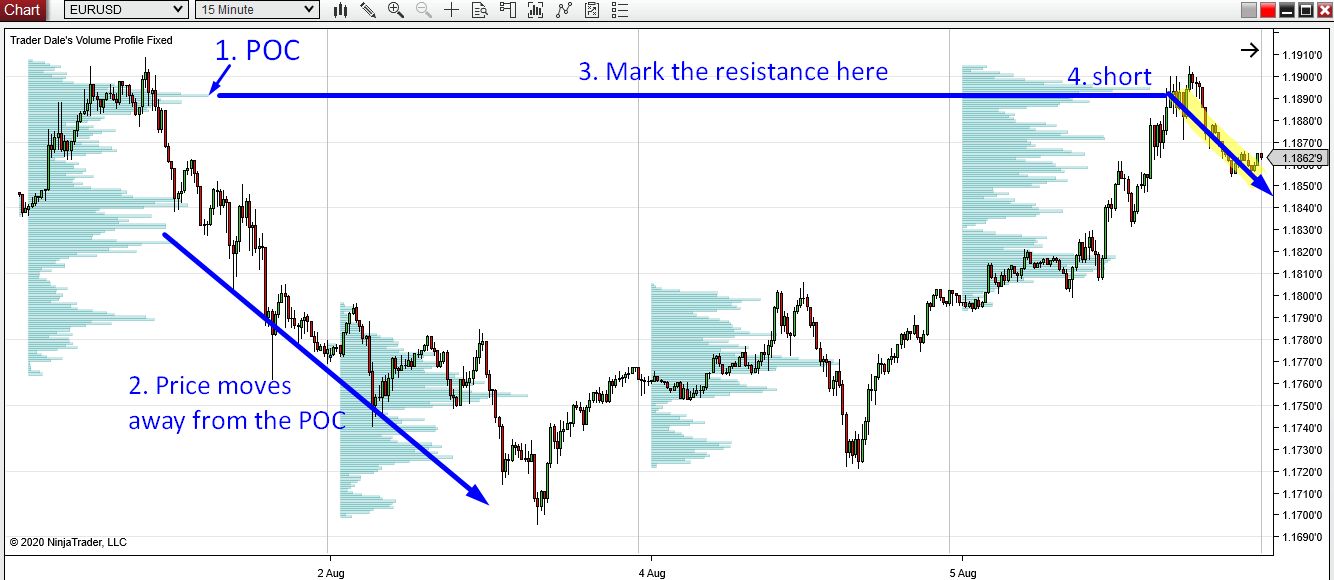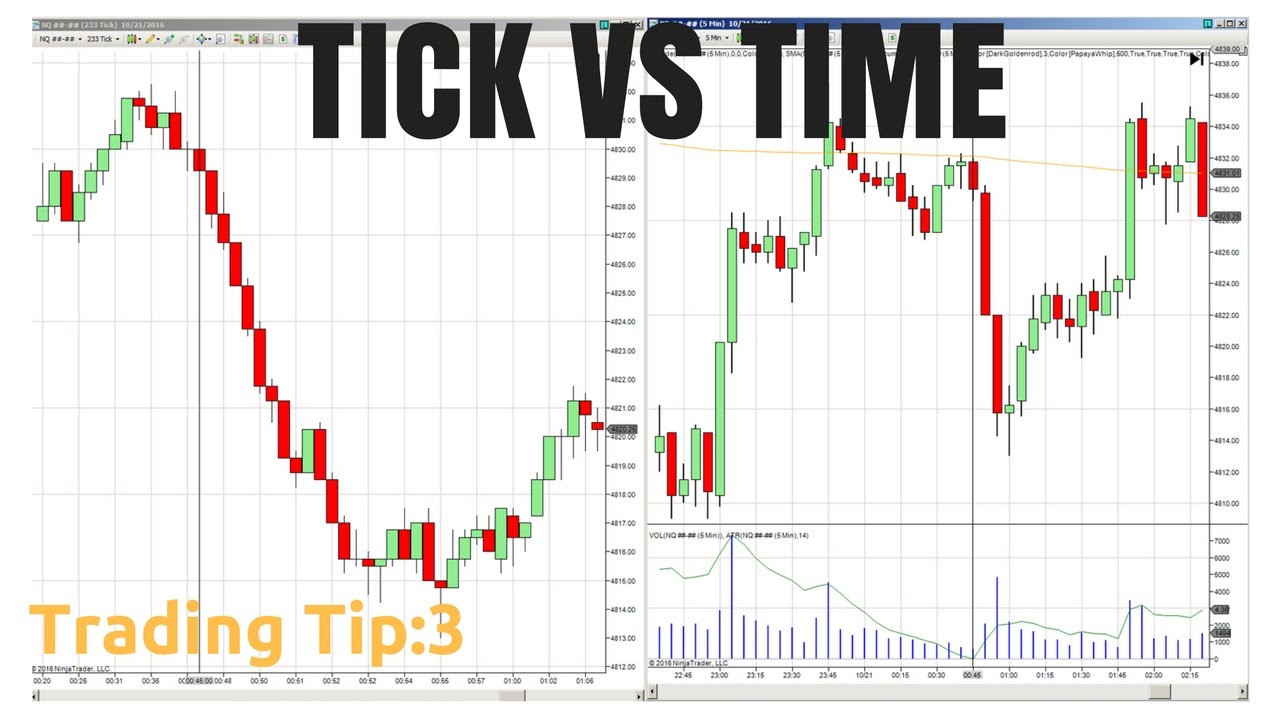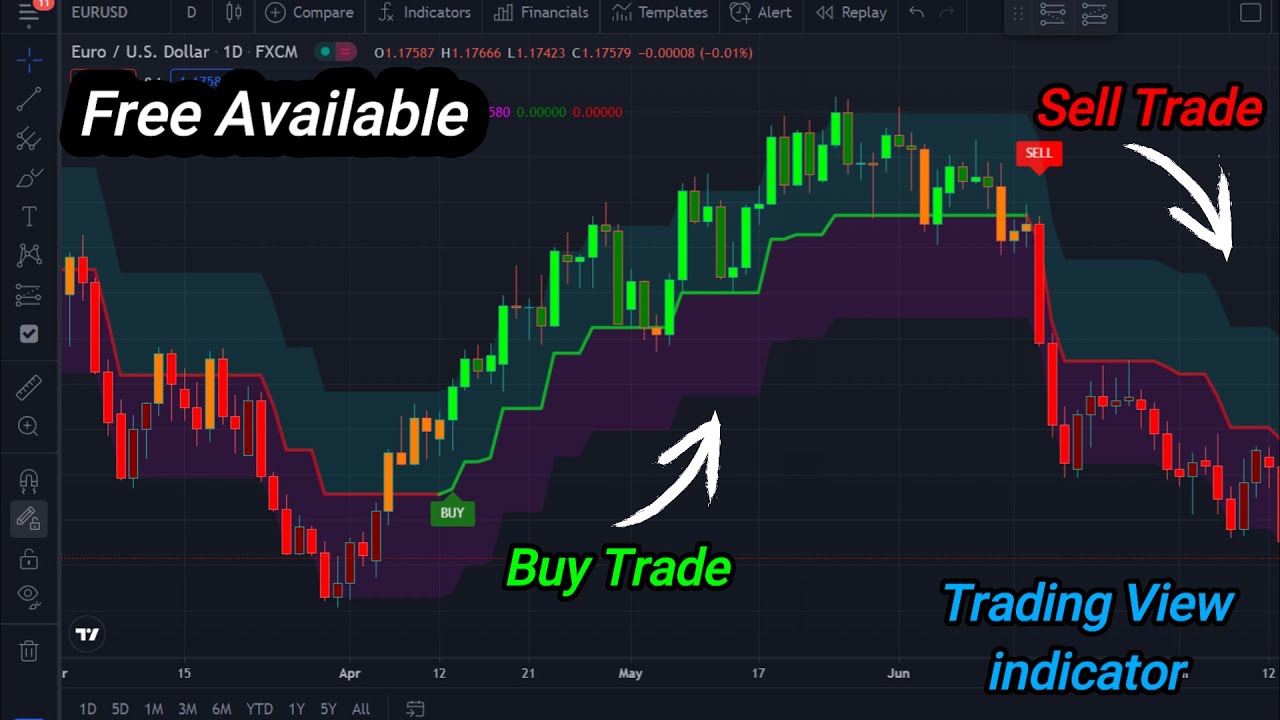Introduction
Welcome to the world of trading! Whether you are a seasoned trader or just starting out, understanding the concept of volume is crucial for success in the markets. Volume plays a significant role in the analysis of price movements and provides valuable insights into market dynamics.
Volume refers to the number of shares or contracts traded in a particular asset within a specific time frame. It represents the level of activity and liquidity in the market. Volume can be observed across various financial instruments, including stocks, bonds, commodities, and currencies.
Many traders underestimate the importance of volume and focus primarily on price movements. However, volume acts as a confirmation tool, validating the strength and reliability of price trends. By analyzing volume patterns, traders gain a better understanding of market sentiment and can make more informed trading decisions.
Volume analysis provides crucial information about the participation of buyers and sellers in the market. When there is a surge in volume, it indicates the presence of strong market interest, suggesting increased conviction behind the price move. Conversely, low volume may indicate a lack of enthusiasm and potential indecision among market participants.
Understanding volume is like having an x-ray vision into the market, allowing traders to assess the underlying strength or weakness of a price trend. It helps answer questions such as: Is the current trend sustainable? Are there potential reversals on the horizon? Is there enough liquidity to support trading decisions?
In this article, we will explore the significance of volume in trading and discuss various methods to analyze and interpret volume data. Additionally, we will delve into popular volume indicators and address common misconceptions surrounding volume analysis.
So, fasten your seat belts, as we embark on a journey to unravel the mysteries of trading volume and discover how it can elevate your trading strategies to new heights!
Definition of Volume
Volume, in the context of trading, refers to the total number of shares, contracts, or units traded in a particular asset within a specific time period. It is a measure of market activity, indicating the level of participation and liquidity in a given market.
When a buyer and a seller agree on a price, a transaction occurs, and the volume for that specific asset increases. For example, if 100 shares of a company’s stock are bought and sold during a trading session, the volume for that stock would be 100. Volume is typically recorded in real-time and displayed in charts alongside price data.
Volume can be observed across various financial markets, including stocks, bonds, commodities, and currencies. Each market has its own unit of measurement. For stocks, volume is measured in shares, while in futures contracts, volume is measured in contracts or lots.
Volume is not only about the number of shares or contracts traded; it also takes into account the size of those trades. For example, if a large institutional investor buys a significant number of shares, the volume would be higher compared to when a retail trader buys a smaller number of shares.
Volume can be analyzed across different time frames, such as daily, weekly, or even intraday intervals. By examining volume patterns over time, traders can identify trends and patterns that provide valuable insights into market behavior.
It is important to note that volume alone does not provide a complete picture. To gain a deeper understanding, traders often analyze volume in conjunction with price movements and other technical indicators.
Overall, volume is a crucial metric that helps traders assess the level of market participation, liquidity, and the strength of price trends. By understanding volume, traders can make more informed trading decisions and effectively navigate the dynamic world of financial markets.
Importance of Volume in Trading
Volume is a key component in trading analysis and provides valuable insights into the dynamics of financial markets. Understanding the importance of volume can significantly enhance trading strategies and increase the probability of successful outcomes. Here are some reasons why volume is crucial in trading:
Confirmation of Price Movements: Volume acts as a confirmation tool for price movements. When volume increases during an uptrend or downtrend, it confirms the strength of the prevailing trend. Conversely, if volume decreases while prices continue to move in a certain direction, it may indicate a lack of conviction and raise concerns about the sustainability of the trend.
Identifying Reversal Points: Volume analysis can help identify potential reversal points in the market. A significant increase in volume, combined with a price reversal pattern, may suggest a change in market sentiment. Traders often look for divergences between volume and price to anticipate trend reversals or market turning points.
Understanding Market Sentiment: Volume provides insights into market sentiment. High volume during a price increase indicates bullish sentiment, as more participants are actively buying. Conversely, high volume during a price decline indicates bearish sentiment, as more participants are actively selling. By analyzing volume, traders can gauge the level of enthusiasm or hesitation among market participants.
Support and Resistance Levels: Volume can help identify support and resistance levels. High volume near a price level suggests strong support or resistance, as many traders consider that level important and are actively participating. Breakouts with high volume can be indicators of significant market movements, as strong volume often accompanies decisive breakouts.
Liquidity Assessment: Volume analysis also assists in assessing liquidity in the market. Higher volume generally indicates higher liquidity, making it easier to buy or sell without significantly impacting prices. Traders can gauge the market’s ability to absorb their trades without experiencing slippage or unfavorable execution prices.
Confirmation of Breakouts: Volume is particularly useful in confirming breakouts. If volume increases significantly when an asset breaks above a resistance level or below a support level, it suggests a higher probability of a sustained move in the breakout direction. Traders often look for breakout confirmation through volume analysis to minimize false breakouts.
By incorporating volume analysis into trading strategies, traders can gain a deeper understanding of market dynamics and improve their decision-making process. Volume provides valuable clues about the strength of price movements, potential reversal points, market sentiment, support and resistance levels, liquidity assessment, and confirmation of breakouts. It is a powerful tool that can give traders an edge in the ever-changing world of financial markets.
How to Analyze Volume in Trading
Volume analysis involves examining the patterns and trends in trading volume to gain insights into market behavior and make informed trading decisions. Here are some methods to effectively analyze volume in trading:
Comparing Volume with Price: One of the basic techniques is to compare volume with price movements. When prices rise and volume increases, it signifies buying interest and validates the uptrend. Conversely, if prices decline and volume surges, it indicates selling pressure and confirms the downtrend. By observing the relationship between volume and price, traders can identify confirmation or divergence signals.
Volume at Support and Resistance Levels: Analyzing volume at key support and resistance levels can provide significant information. High volume at these levels suggests increased market interest and indicates the potential significance of these price levels. If volume accompanies a breakout of a support or resistance level, it adds credibility to the breakout and strengthens the probability of a sustained price move.
Volume Patterns: Traders can look for specific volume patterns that may provide valuable insights. For example, increasing volume over several days or weeks may indicate the strength of a trend. On the other hand, if there is a spike in volume followed by low volume, it may signal a possible exhaustion of a trend or upcoming reversal. Volume patterns, such as ascending or descending volume, can also provide clues about market sentiment and investor behavior.
Volume Oscillators and Indicators: There are several volume-based oscillators and indicators that can assist in volume analysis. Examples include the On-Balance Volume (OBV), the Chaikin Money Flow (CMF), and the Volume Weighted Average Price (VWAP). These indicators incorporate volume data into their calculations and provide visual representations of volume trends. Traders can use these tools to spot divergences, confirm trends, and identify potential trade opportunities.
Relative Volume: Analyzing the volume in relation to its average volume is another useful approach. Comparing the current volume to the average volume over a specific period can help determine the significance of volume spikes or drops. Higher than average volume may indicate increased market activity and draw attention to potential trading opportunities.
Volume in Conjunction with Other Indicators: To gain a more comprehensive understanding of the market, traders often combine volume analysis with other technical indicators. For example, volume combined with moving averages or trend lines can provide confirmation of signals and enhance the accuracy of trading decisions.
It is important to note that volume analysis should not be used in isolation but should be integrated with other technical analysis tools. By combining volume analysis with price patterns, support and resistance levels, and other indicators, traders can develop a holistic approach to market analysis and make more informed trading decisions.
Remember, volume provides valuable insights into market dynamics and can help traders identify trends, confirm breakouts, and gauge market sentiment. By mastering the art of volume analysis, traders can gain a competitive edge in navigating the complex world of financial markets.
Volume Indicators in Trading
Volume indicators are essential tools used by traders for analyzing and interpreting volume data. These indicators help traders gain insights into market activity and sentiment, facilitating more informed trading decisions. Here are some popular volume indicators used in trading:
1. On-Balance Volume (OBV): OBV is a widely used volume indicator that measures cumulative buying and selling pressure. It adds the volume on up days and subtracts the volume on down days to create a running total. OBV helps identify divergences and confirm trend reversals.
2. Accumulation/Distribution Line (A/D Line): The A/D Line indicates the flow of money into or out of a security based on the relationship between volume and price. It assigns a higher value to days with higher volume and closing prices near the high, suggesting accumulation. Conversely, lower values indicate distribution. The A/D Line can be used to identify potential trend reversals.
3. Chaikin Money Flow (CMF): CMF combines volume and price data to measure the strength of buying and selling pressure. It takes into account the direction of the price trend and the proximity of closing prices to highs or lows. CMF is used to identify overbought and oversold conditions and to confirm breakouts and reversals.
4. Volume Weighted Average Price (VWAP): VWAP calculates the average price at which an asset has traded throughout the day, weighted by volume. It is commonly used by institutional traders to assess whether they are buying or selling at favorable prices compared to the average market price. VWAP can help identify significant price levels and potential reversals.
5. Money Flow Index (MFI): MFI is a momentum oscillator that incorporates both price and volume data. It compares positive money flow (upward price movements on high volume) to negative money flow (downward price movements on high volume) to determine the strength and sustainability of price trends.
6. Volume Price Trend (VPT): VPT is an indicator that combines volume and price to assess the strength of a trend. It measures the percentage change in volume based on positive and negative price movements. VPT can help identify the buying or selling pressure behind a price trend and anticipate potential reversals.
7. Average True Range (ATR): ATR is primarily used to measure the volatility of an asset. However, it can also be used as an indirect volume indicator. When prices are highly volatile, it often indicates higher trading activity and volume. Traders can use ATR to gauge market interest and adapt their trading strategies accordingly.
8. Volume Profile: Volume Profile is a graphical representation that shows the volume traded at specific price levels over a given time period. It helps traders identify areas of high and low volume, which can act as support and resistance levels. Volume Profile is particularly useful in analyzing the behavior of institutional traders and identifying potential price levels of interest.
These volume indicators, along with others available in technical analysis software and platforms, assist traders in understanding the dynamics of volume in the markets. By incorporating volume indicators into their analysis, traders can gain a better understanding of market sentiment, identify potential reversals, and make more informed trading decisions.
Common Misconceptions about Volume in Trading
Volume plays a crucial role in trading analysis, but there are several misconceptions that can mislead traders and impact their decision-making. It is important to debunk these misconceptions to gain a more accurate understanding of volume in trading. Here are some common misconceptions:
1. High Volume Always Means Bullishness: Many traders believe that high volume always indicates bullishness. While high volume can be a sign of strong buying interest, it is not always a signal for a bullish trend. Volume needs to be analyzed in conjunction with price movements, patterns, and other technical indicators to gain a comprehensive view of market dynamics.
2. Low Volume Means No Trading Opportunities: Conversely, some traders believe that low volume equates to a lack of trading opportunities. While low volume can indicate decreased market activity, it does not necessarily mean there are no trading opportunities. Low volume can also occur during periods of consolidation or before significant market moves. It is important to consider the context and analyze other factors when interpreting volume data.
3. Volume Predicts Price Direction: Another misconception is that volume can accurately predict price direction. While volume can provide insights into market sentiment and participation, it does not guarantee price direction. Price movement is influenced by various factors, including fundamental news, market sentiment, and external events. Volume analysis should be used as a supporting tool rather than the sole predictor of price direction.
4. Always Follow High Volume Breakouts: Some traders believe that high volume breakouts should always be followed, leading to profitable trades. However, not all high volume breakouts are reliable. It is essential to consider other factors such as the strength of the trend, support and resistance levels, and the overall market context. High volume should be seen as a confirmation tool rather than a standalone trigger for trading decisions.
5. Volume is the Same Across Different Assets: Another misconception is that volume can be compared across different assets and markets. Volume is measured differently for stocks, commodities, bonds, and currencies. Each market has its own unit of measurement, and volume levels cannot be compared directly. Traders should focus on analyzing volume within the specific market they are trading.
6. Volume Guarantees Liquidity: While volume provides insights into market liquidity, it does not guarantee liquidity at all times. Market conditions can change rapidly, leading to fluctuations in liquidity levels. Traders should consider other liquidity indicators, such as bid-ask spreads and order book depth, in addition to volume analysis.
7. Volume Analysis Works Equally Well in All Timeframes: Lastly, it is important to note that volume analysis may not work equally well in all timeframes. The significance of volume patterns and signals may vary depending on the timeframe being analyzed. Traders should adapt their volume analysis techniques according to the timeframe they are trading.
By understanding and debunking these common misconceptions about volume in trading, traders can approach volume analysis with a more informed and realistic perspective. Volume should be used as a tool in conjunction with other technical analysis methods to make well-rounded trading decisions.
Conclusion
Volume analysis is an integral part of trading and provides valuable insights into market dynamics. Understanding volume patterns and trends can help traders make more informed trading decisions and increase the likelihood of success. By incorporating volume analysis into their trading strategies, traders gain a deeper understanding of market sentiment, identify confirmation or divergence signals, and anticipate potential reversals.
Throughout this article, we have explored the definition and importance of volume in trading. We have discussed various methods to analyze volume, including comparing volume with price, examining volume at support and resistance levels, and utilizing volume indicators and oscillators. Additionally, we have addressed common misconceptions regarding volume analysis.
It is important to remember that volume analysis should not be used in isolation. To gain a comprehensive view of the market, traders should combine volume analysis with other technical indicators, price patterns, and fundamental analysis. By integrating these different elements, traders can develop a well-rounded approach to market analysis and improve their trading outcomes.
As you continue your trading journey, incorporate volume analysis into your analysis toolkit. Pay attention to volume patterns, observe volume at key price levels, and utilize volume indicators to gain insights into market dynamics. Remember to adapt your volume analysis techniques according to the specific market you are trading and the timeframe you are analyzing.
With a solid understanding of volume and its significance in trading, you are better equipped to navigate the complexities of financial markets and make more informed trading decisions. Incorporate volume analysis into your trading strategies, and let it serve as a valuable tool in your quest for trading success.







